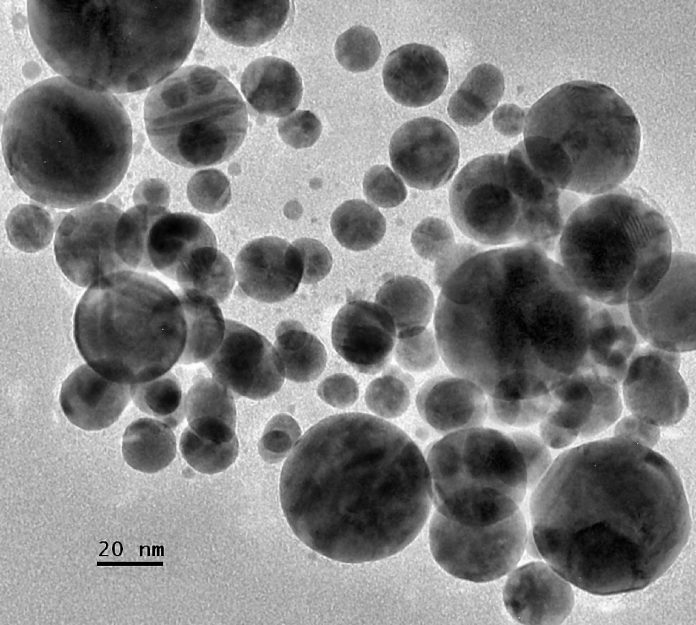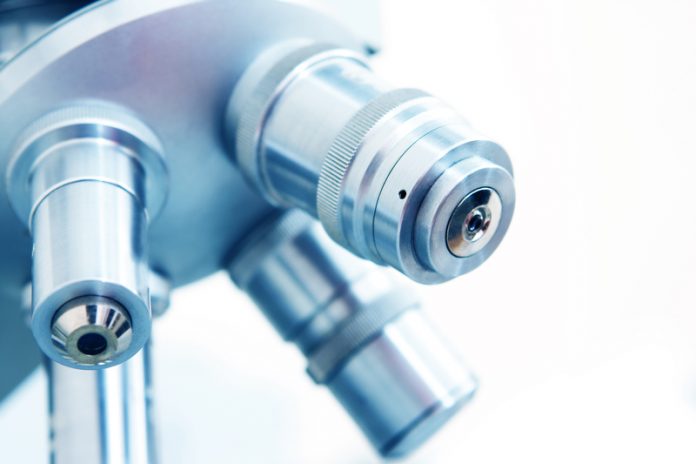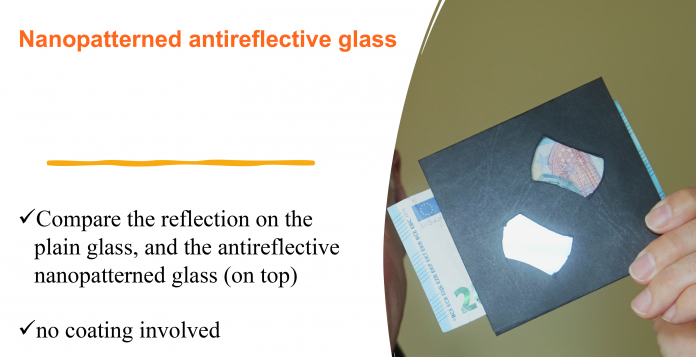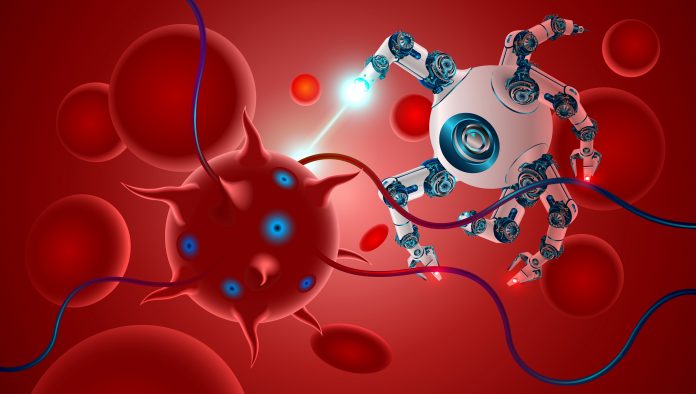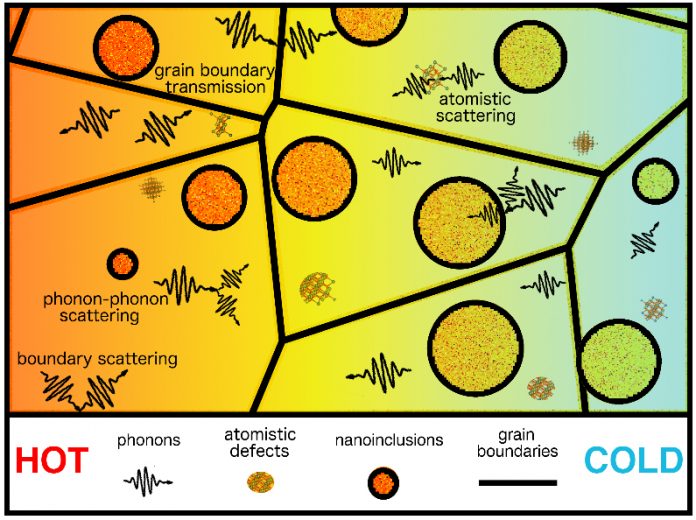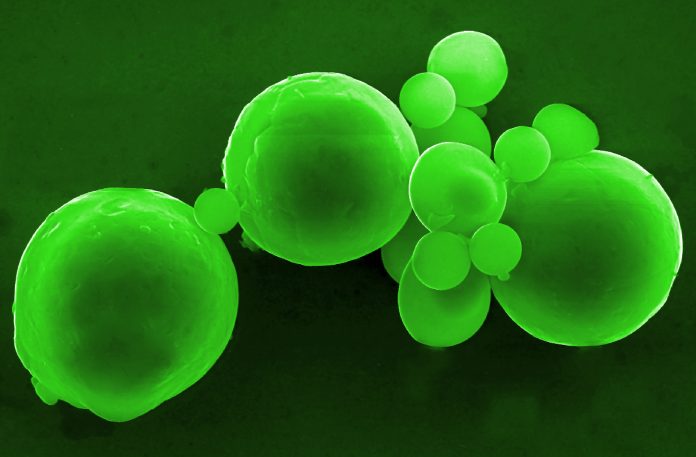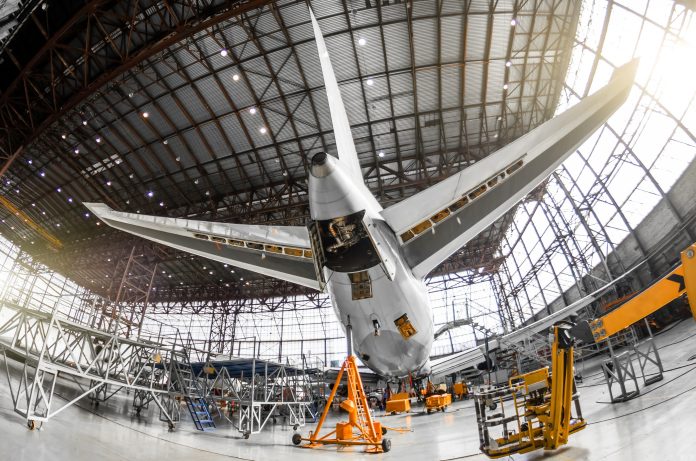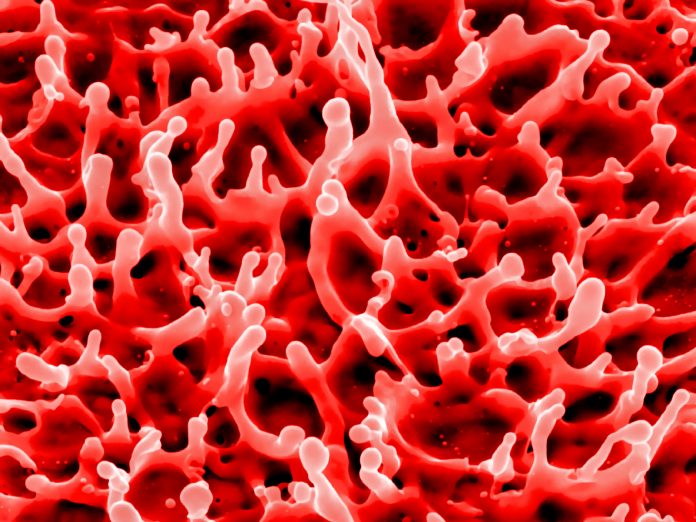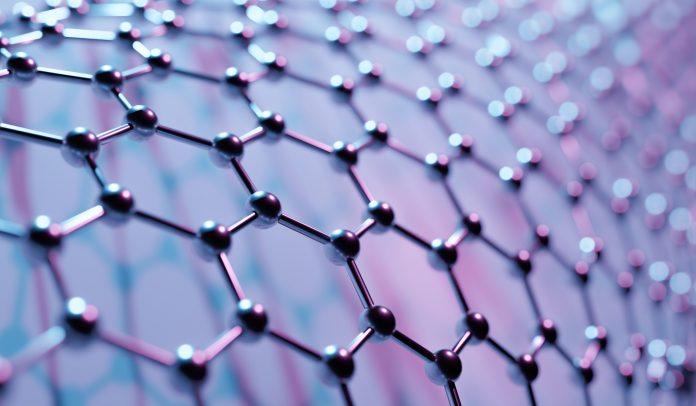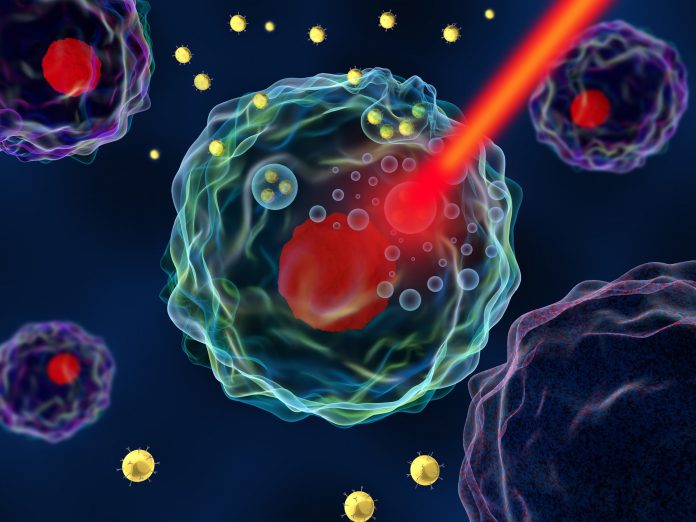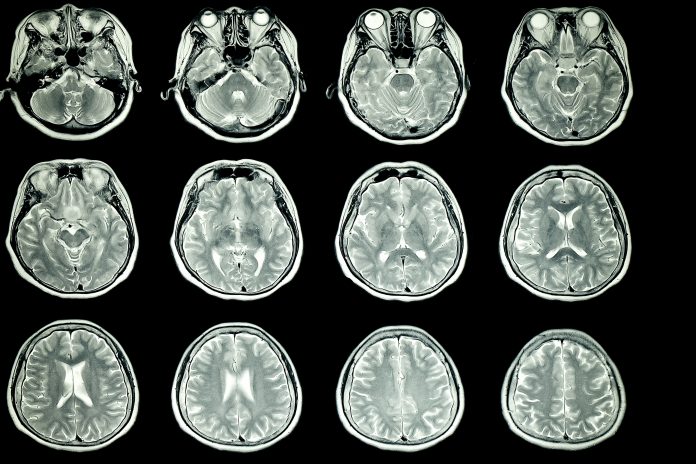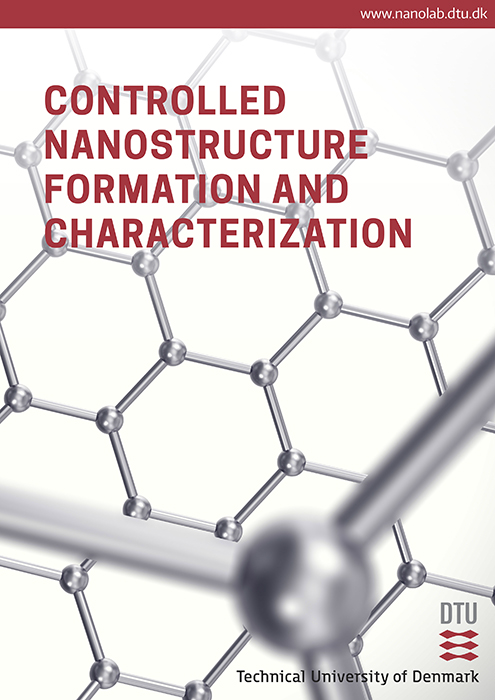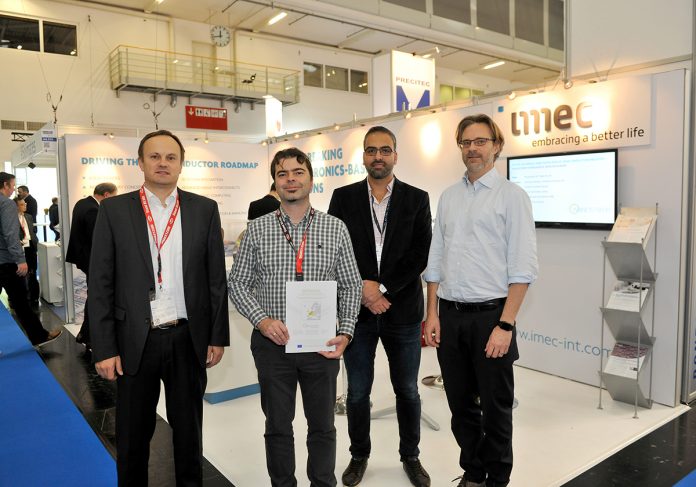Home Search
nanostructures - search results
If you're not happy with the results, please do another search
Characterisation of Photonic Nanostructures in an Electron Microscope
Shima Kadkhodazadeh of DTU Nanolab provides insight into Photonic Nanostructures following research conducted at the Technical University of Denmark.
Materials science: The role of nanostructures and nanoparticles in contemporary society
Thomas W. Hansen, Senior Scientist at DTU Nanolab, Technical University of Denmark details an aspect of materials science that concerns the role of nanostructures and nanoparticles in contemporary society. Much of the discussion focuses on why a fundamental property of these materials is the melting point.
Atom-by-Atom – Watching carbon atoms assemble to low-dimensional nanostructures
Jakob Birkedal Wagner of the DTU Center For Electron Nanoscopy discusses research into low-dimensional nanostructures from carbon assembly
The abundance of carbon in nature combined with the variety of assembling the individual atoms into nanostructures with various physical properties such as metallic, semiconducting, semi metallic etc. make carbon nanostructures of particular...
Photonic nanostructures and the electron microscope
Shima Kadkhodazadeh, researcher at DTU Cen talks about the role of electron microscopy in developments in photonic nanostructures
Carbon dots in forensics, environmental science, and medicine
Dr. Cecilia E. Van Cauwenberghe, from Frost & Sullivan, explains the revolutionary impact of carbon dots in forensics, environmental science, and medicine to detect, diagnose, and treat.
Nanotexured surfaces could be transformative – If given a chance to flourish
Professor Parvaneh Mokarian, founder of the technology and SUN-PILOT coordinator from Trinity College Dublin and AMBER centre looks at the possibilities and applications of nanotextured surfaces.
Parvaneh Mokarian-Tabari – AMBER Research Centre, Trinity College Dublin
Parvaneh Mokarian is a Research Associate Professor in School of Chemistry and Principal Investigator at (SFI) Science Foundation Ireland Advanced Materials and BioEngineering Research Centre (AMBER) in Trinity College Dublin
She is the coordinator of an 8.3 million European Horizon 2020 consortium called SUN-PILOT:1,2 Subwavelength Nanostructure Pilot Line (2018-2021). She...
Solar powered hydrogen could drive down costs of sustainable alternatives
A new kind of solar panel has achieved 9% efficiency in converting water into solar powered hydrogen and oxygen, mimicking natural photosynthesis.
‘Nano-robot’ built entirely from DNA
Nano-robot made from DNA can study cell processes invisible to the naked eye.
Nanostructured materials offer efficient thermoelectric energy harvesting
Professor Neophytos Neophytou sheds some light on nanostructures and explains how the Horizon 2020 NANOthermMA project could eventually enable a strong boost in thermoelectric technology.
Reactive laser ablation in liquid: A route to novel nanocomposites
Here, Katharine Moore Tibbetts explores laser ablation in liquid as a versatile synthetic technique.
RESISTANT PROJECT: How can nanotechnology reduce environmental impacts of aircrafts?
Nuria Rodríguez López talks us through the climate necessity of the ReSiSTant project, which is a Horizon 2020 EU NMBP-Pilot Project, to reduce the environmental impacts of aircrafts.
Tailoring optical properties of nanoparticles by alloying
'Senior scientist Shima Kadkhodazadeh discusses adapting the optical properties of nanoparticles with high precision through alloying
Further understanding of laser ablation in liquid environment (LALE) technique
Cecilia Van Cauwenberghe from Frost & Sullivan’s TechVision Group, provides further insights about nanomaterials, focussing here on the laser ablation in liquid environment (LALE) technique.
Supporting science in the United States: A focus on materials research
Here, Writer Megan Warrender, focuses on materials research as an example of how science is supported in the United States by the National Science Foundation.
Size of nanoparticles from laser ablation: Lessons from wet-chemical synthesis
Here, Laser Ablation in Liquid (LAL) is explored as means to understand the shapes and sizes of nanoparticles.
Characterisation of intermetallic alloy catalysts for decentralised methanol production
Efficient and decentralised production of sustainable fuels for today’s transport infrastructure is discussed here by the Technical University of Denmark, who call for the development of highly active catalysts.
Functional nanomaterials: Fit for purpose
Researchers at Técnico, Univ. Lisboa, share their expertise on functional nanomaterials and why they are fit for purpose.
Controlled nanostructure formation and characterization
Professor Jakob Birkedal Wagner, Head of Nanocharacterization Section at DTU Nanolab, provides a detailed look at controlled nanostructure formation and characterization and how these can be looked at with electron beam based microscopy and spectroscopy.
Novel materials and nano-risk in the semiconductor industry
Dr Dimiter Prodanov from Imec explains the guiding principles in technological development of novel nanomaterials



